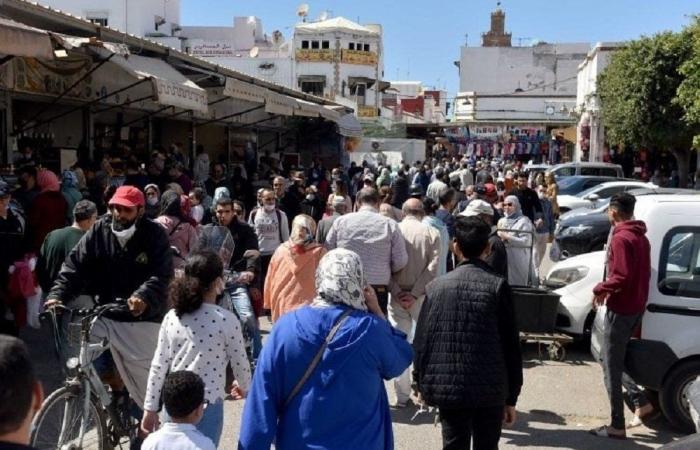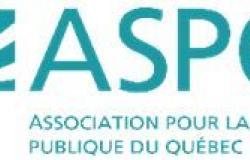Based on data from the National Survey on Household Perception of Certain Aspects of the Sustainable Development Goals (2016)the HCP reveals significant disparities according to sex, age, and area of residence. The data from this study offer a revealing look at mentalities and resistance to change in the Moroccan society.
Nearly six out of ten Moroccans believe that there is no equality between men and women
According to the results of the survey, nearly six out of ten Moroccans (58.4%) believe that there is nogender equality overall. This perception is particularly marked in rural environmentwhere it reached 65.8%, compared to 52.4% in urban environment. Depending on gender, more women than men feel this inequality : 63.3% of them consider that there is no gender equality, compared to 54.8% of men. The perception of gender inequality also varies by age. Thus, 63.6% of young people aged 18 to 29 believe that gender equality does not exist. This figure is 56.1% among people aged 30 to 59, and it decreases to 54.9% among individuals aged 60 and over. Several factors can explain young people’s perceptions regarding gender equalityincluding changing social norms, their education and their growing awareness of this issue. Furthermore, the generational dynamics encourages them to question the gender inequalities present in society. Conversely, the elderly people were often socialized in environments where gender roles were more traditional and clearly established. They therefore tend to consider recent changes in favor of gender equality as sufficient.
Inherited traditions are the main cause of gender inequality
According to the data collected from the respondents, the inequalities between men and women in Morocco are largely attributed to inherited traditionsrepresenting a significant share of 58.7%. This opinion is more shared in urban areas, where 61% of individuals express it, compared to 54.7% in rural areas. Other causes cited include human factors (18.1%), religious influence (9.3%), low level of education of women (8.6%) and their economic dependence (5,3%)
Opinions favorable to parity in administrative sectors
Despite the perceptions of inequalitya majority of Moroccans say they are in favor of gender parity in key sectors, such as access to administrative responsibilities (73.5%), the parliamentary representation (71.1%), and territorial elective functions (70.5%). These figures show a desire to move towards better representation of women in the public sphere.
More than eight out of ten Moroccans are against parity in inheritance
Regarding the question of parity between men and women in inheritance, a large majority of respondents, or 86.8%, say they are opposed to this idea. This rejection is slightly more pronounced in urban environment (89.2%) than in rural areas (82.8%). In terms of gender, men express more marked opposition, with 92.3% firmly rejecting this reform. Although women would be the main beneficiaries of such reformnearly 81.4% of them also share this disagreement, refusing the idea of equality in terms oflegacy.
Education and employment are the main areas to prioritize to ensure equality
Asked about the priority areas to promote equality between men and women, Moroccans place education first, with 65.3% of respondents emphasizing the importance of equitable access at all levels of education to create equal opportunities. Employment follows, considered essential by 20.3% of those questioned, while 6.8% emphasize access to positions of responsibilityemphasizing the need for balanced representation of women in leadership roles. Finally, the political representationunion, within NGOs, as well as at the local and national levels is also mentioned, with respectively 1.3%, 0.4%, 1.4% and 1.6% of respondents, highlighting the importance of ensure a equal female participation in all decision-making areas of society.






